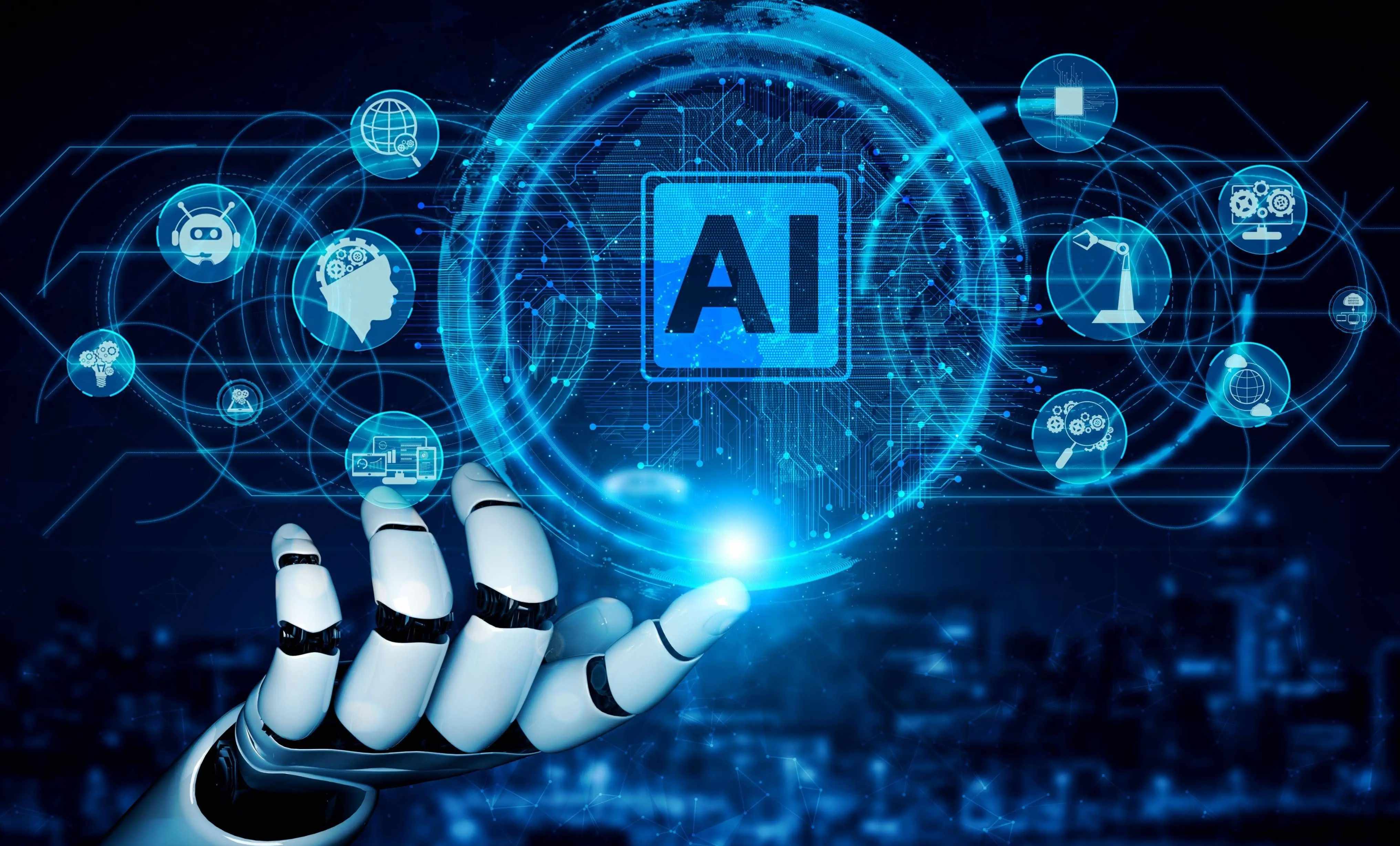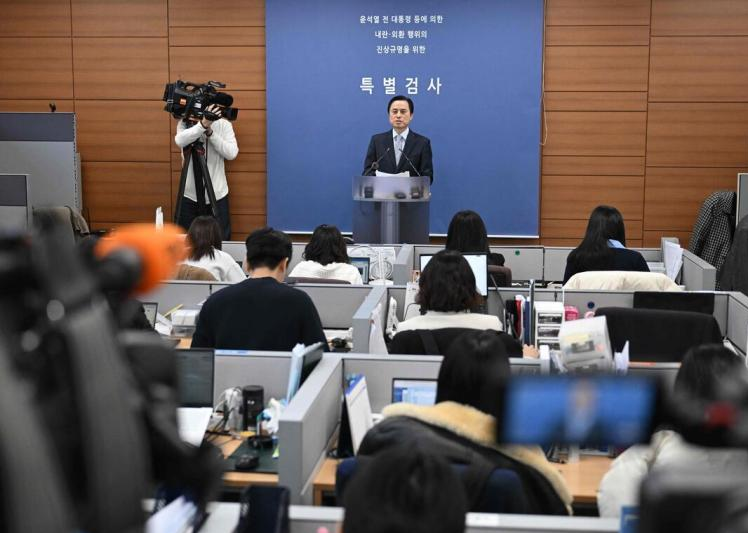
When NVIDIA's market value exceeded 5 trillion US dollars, making it the world's first technology company to reach this milestone, its strategic layout centered on "connectivity" resonated strangely with Meta's AGI transformation and Musk's AI archaeological practice. These events are not isolated industry dynamics but reflect the profound transformation of the global AI industry from technological competition to value reconstruction. They not only demonstrate the powerful potential of technological integration but also foreshadow the diverse paths of industry development.
The breakthrough in NVIDIA's market value is essentially a concentrated explosion of the value of its technological ecosystem. The "connection" strategy proposed by Huang Renxun is by no means a simple conceptual upgrade, but rather builds a full-chain ecosystem of "hardware - software - scenario" : super chips provide the foundation of computing power, the 6G protocol stack breaks down communication barriers, and the AI-RAN solution realizes the deep integration of computing and networking. This layout precisely hits the core demand of the AI era - when devices such as smartphones, robots, and smart glasses generate massive AI traffic, traditional isolated infrastructure can no longer handle it. By dynamically allocating 5G and AI workloads on the same platform, NVIDIA has increased resource utilization by 2 to 3 times and spectral efficiency by 20%, creating new revenue space for communication service providers. The $1 billion cooperation with Nokia and the technology alliance with T-Mobile and other enterprises have enabled its 6G layout to move from research and development to commercial application, demonstrating the reconfiguration power of the "connection" strategy on global digital infrastructure.
Meta's layoffs and transformation stand in sharp contrast to NVIDIA's, revealing the divergence in the AI industry's development routes. Behind the 600-person layoff scale lies Meta's decisive adjustment of its AI strategy: after the failure of the Llama 4 model competition, it shifted its focus from basic research and product applications to AGI. The newly established TBD Lab has poach core talents from OpenAI with high salaries, highlighting its urgent pursuit of "super intelligence". This kind of contraction and focus is not an isolated case but an inevitable choice when the industry develops to a specific stage - as generative AI applications gradually become widespread, the competition among basic models has entered a deep-water zone, and the giants have begun to bet on more disruptive breakthroughs at the bottom layer. However, the cost of transformation is equally significant: the marginalization of the FAIR department may weaken investment in ethical research, the widening internal salary gap hides a morale crisis, and the slowdown in the iteration of open-source models creates opportunities for competitors. Whether this "risky transformation" can succeed will become an important reference for the AGI research and development route.
Musk's practice of funding AI archaeology has injected a humanistic touch into technological development. An investment of one million US dollars may seem meager, but it has opened up a new dimension for the application of AI technology - through data mining and pattern recognition technology, AI can process complex information in remote sensing images, accurately locate archaeological sites and predict distribution patterns. This "space-air-ground three-dimensional" research approach is breaking through the limitations of traditional field archaeology. From the digital reconstruction of Roman ruins to the protection of human cultural heritage, AI is no longer merely a tool for pursuing efficiency and profit, but has become a bridge connecting the past and the future. This practice validates the diverse values of technological development: While Nvidia focuses on industrial infrastructure and Meta is tackling cutting-edge intelligence, Musk's attempt reminds the industry that the ultimate significance of technology lies in serving the inheritance and development of human civilization.
The three together outline the current picture of the global AI industry: NVIDIA defines the underlying logic of the industry through ecosystem construction, Meta explores the technological ceiling through strategic contraction, and Musk expands the application boundaries through cross-border practices. Behind this differentiation lies the result of the combined effect of technological maturity and social demand - the improvement of computing power infrastructure provides the possibility for cutting-edge exploration, while the deepening of industrial applications compels the optimization of technical routes. For the industry, it is necessary to strike a balance between ecological collaboration and technological breakthroughs. For society, it is necessary to embrace the efficiency revolution brought about by technology while also safeguarding its humanistic values.
From a business miracle with a market value of 5 trillion US dollars to the digital rebirth of cultural heritage, the AI industry is standing at a crossroads of value reconstruction. The competition in the future will ultimately be a comprehensive contest of ecological strength, technological depth and humanistic warmth. And those participants who can balance all three will eventually lead the next round of technological revolution.

YTN TV of South Korea reported on Tuesday (December 16) that the South Korean court plans to make a ruling on the charges of former President Yoon Suk Yeol for obstructing justice on January 16, 2026.
YTN TV of South Korea reported on Tuesday (December 16) tha…
On December 7, a new round of intense military conflict bro…
Recently, US media disclosed that the Pentagon is planning …
From three launch failures and a brush with bankruptcy to n…
Recently, a major piece of news has emerged in the US polit…
Against the backdrop of the Federal Reserve's third rate cu…